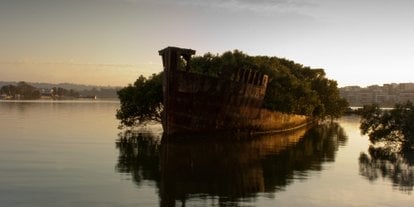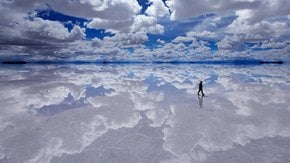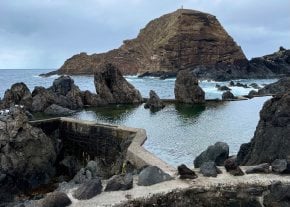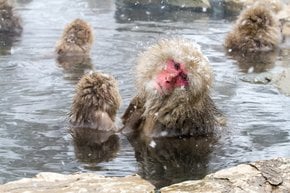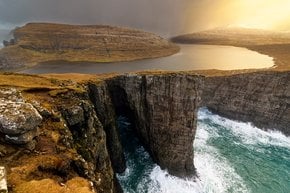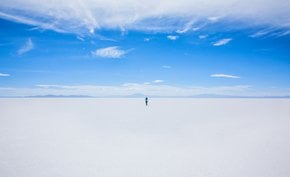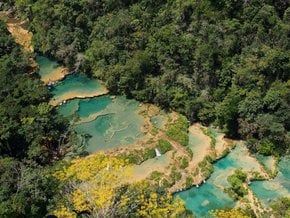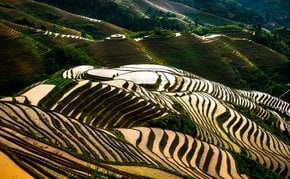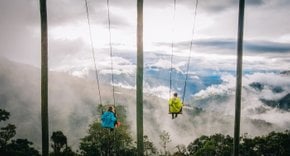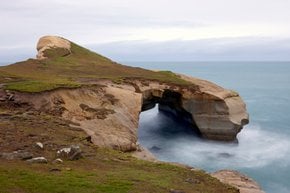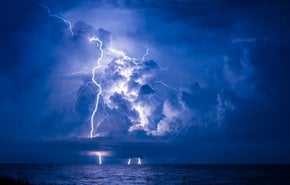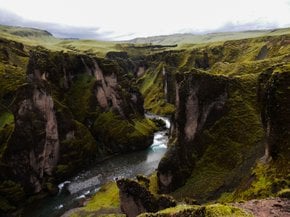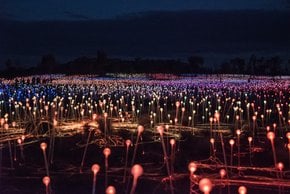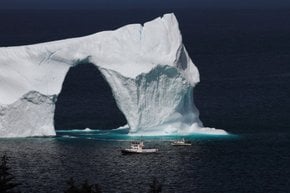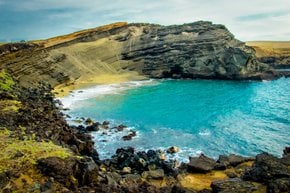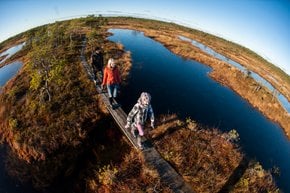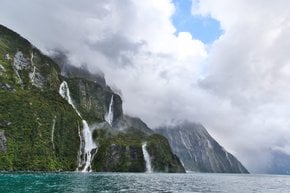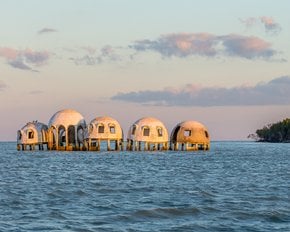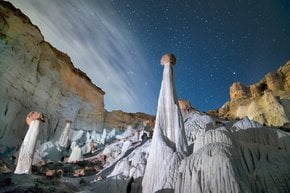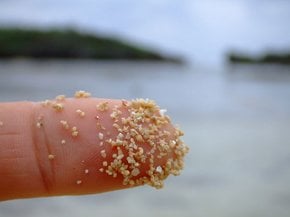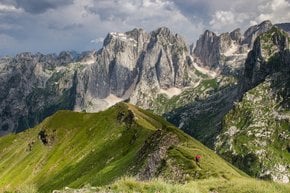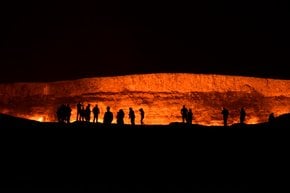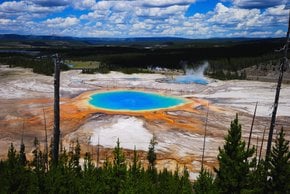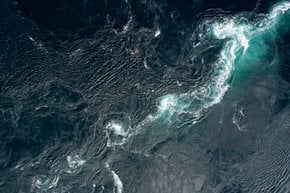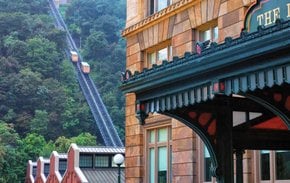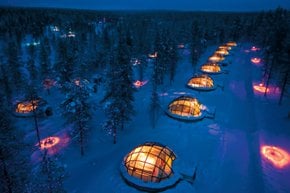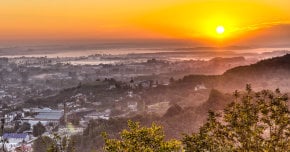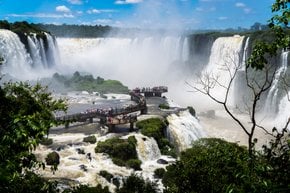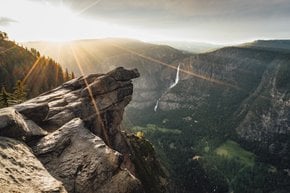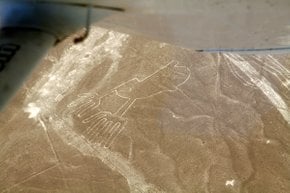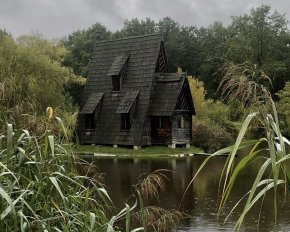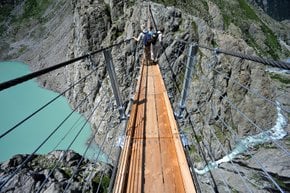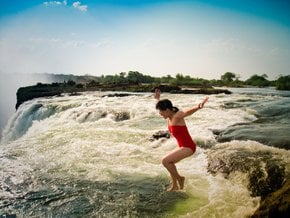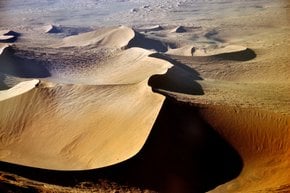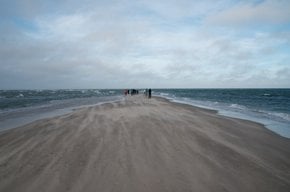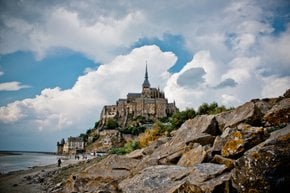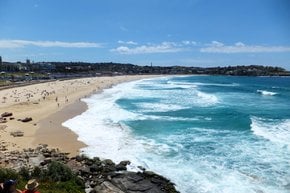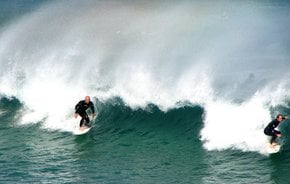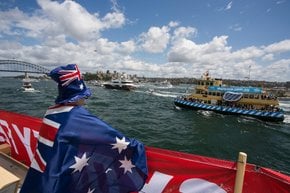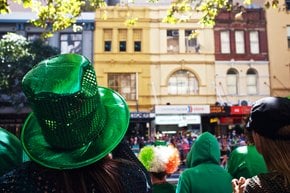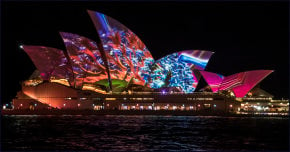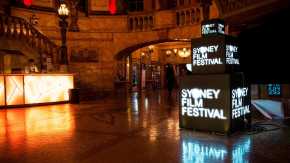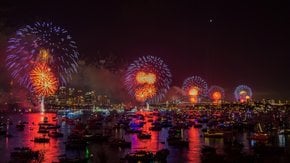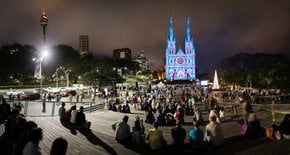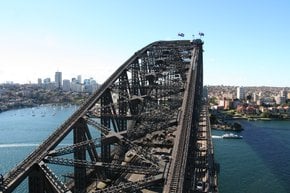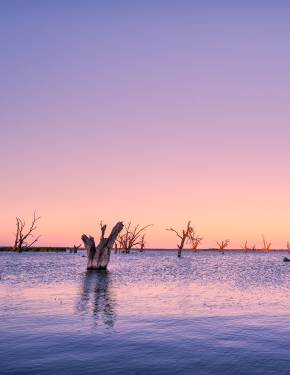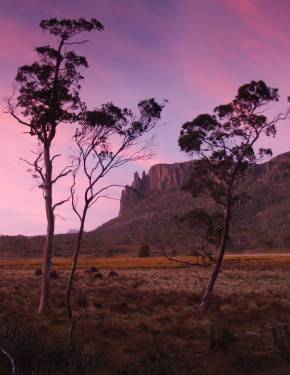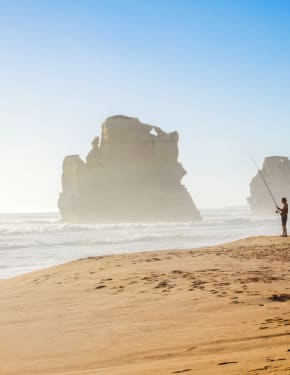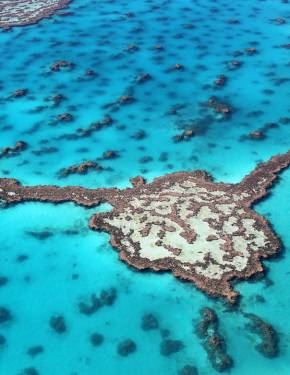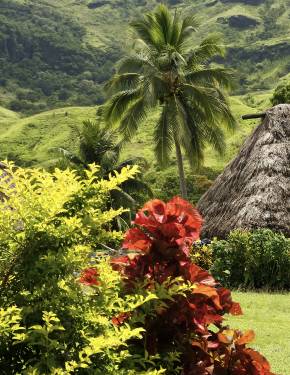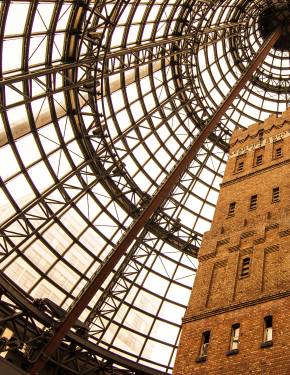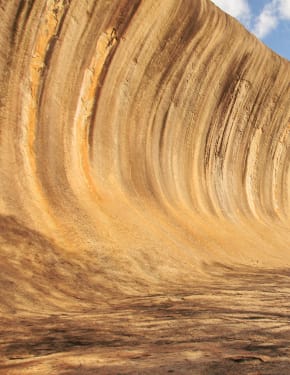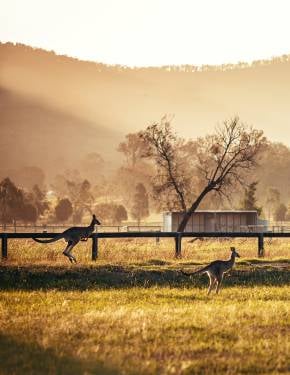SS Ayrfield Shipwreck in Sydney 2024-2025
Can you picture an abandoned ship with a forest in it?
Best time: all year round
Once an industrial hub, Homebush Bay became contaminated with toxic waste but was revitalized by the economic boom of the 2000 Olympics. Now a residential and commercial suburb of Sydney, it still retains remnants of its past as a trading port. Four abandoned cargo ships—once used for transporting oil, coal, and war supplies—slowly corrode in its waters.
The SS Ayrfield, one of Homebush Bay's abandoned cargo ships west of Sydney, stands out with lush foliage covering its rusted hull. Known as the Floating Forest, this natural spectacle brings life to an area resembling a ship graveyard. The mangrove trees, which grew naturally over time, have transformed the decaying vessel into a picturesque attraction. Despite its popularity, accessing the grounded ships is illegal and poses significant risks.
Best Viewing Locations
The SS Ayrfield shipwreck is located in Homebush Bay, west of Sydney. While access to the wreck itself is illegal, it can be viewed from several safe vantage points. The best locations include Bicentennial Park’s Shipwreck Lookout Walk, Shoreline Drive in Wentworth Point, and the Rhodes Foreshore Walk, all of which provide scenic views of the rusted vessel covered in lush mangrove trees.
Getting There
Visitors can take the T7 Olympic Park Line to Olympic Park Station, followed by a 30-minute walk or bike ride, or travel by bus to Wentworth Point or Rhodes. By car, parking is available near Bicentennial Park or along Shoreline Drive, which offers a great viewing spot.
Other Ships
In addition to the SS Ayrfield, the Homebush Bay area of Sydney, Australia, is home to three other abandoned cargo ships: the SS Mortlake Bank, the SS Goodwin, and the SS Heroic. These ships were also used to transport war supplies, coal, and oil during the 20th century. However, the Ayrfield is the most unique of the abandoned vessels due to the mangrove trees that have grown on its rusted hull, attracting many visitors to the area each year.
History
Built in 1911 in the UK as the SS Corrimal, the SS Ayrfield was originally a steam collier and later transported supplies to American troops during World War II. Registered in Sydney in 1912, the vessel was retired in 1972 and sent to Homebush Bay as part of a ship-breaking yard. Today, it stands as a striking relic, with mangrove trees growing on its rusted hull, attracting visitors to the area.

